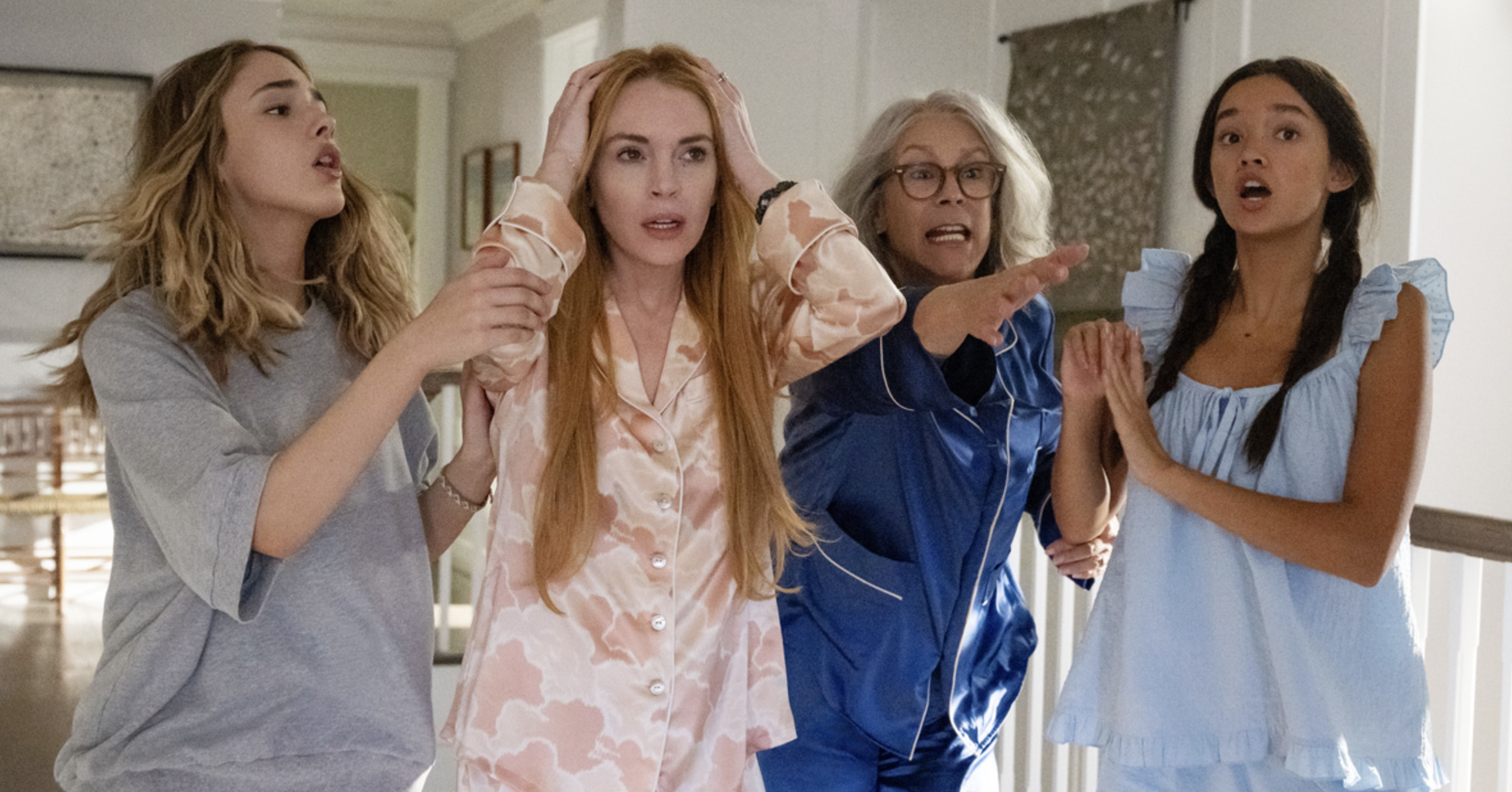
Something uncanny happened in 1973. Two recordings, released that year, sparked a rebirth of Filipino music: “Himig Natin” by the band Juan de la Cruz, and “Aawitan Kita” by Armida Siguion-Reyna.
If “Himig Natin” invented Pinoy Rock, “Aawitan Kita” created a renewed awareness of the kundiman—the traditional folk genre and forerunner of Pinoy pop or Original Pilipino Music (OPM).
In a sense, Siguion-Reyna, who died Feb. 11 at age 88, was OPM’s midwife.
But it’s doubtful if she had a fondness for local pop. What she loved was the classical—nurtured and developed by her mother, a University of the Philippines Conservatory voice graduate who taught her the rudiments of operatic singing—that led her in 1970 to produce and star in the TV program “Aawitan Kita.”
On its debut year, the show bagged two prestigious Citizens’ Awards for Television (CAT) trophies for Outstanding Cultural Show and Outstanding Musical Director. In 1971, it won in the same categories, plus Outstanding Set Design.
That was enough motivation for Siguion-Reyna to record an album with the same title as her show. Coproducing “Aawitan Kita” with Leopoldo Silos (who cowrote with Levi Celerio the title track), she must’ve felt joy, pride and freedom as she sang on 12 tracks, mostly classics—a number of which were written by the likes of Josefino Cenizal, Restie Umali, Mike Velarde Jr., Celerio and Silos himself.
Writing on the “Aawitan Kita” album sleeve notes, Doreen Fernandez noted that, despite perception that the TV show wouldn’t last, “after all, each show uses at least 14 songs; and just how many Filipino songs are there? If anyone could answer that, it would be Armida, who has some 800 songs, sets of lyrics and arrangements memorized, and many others on the fringes of her mind, within call, within a range of usefulness. Three years later, the show is still on the air … ”
The show would actually run for 35 years. But in 1973, inspired by positive critical reception of the show, Siguion-Reyna recorded the album.
On the sleeve notes, Fernandez wrote: “The songs in this album, sung without vocal posturing, but with a clear desire to communicate both message and sensibility, limn quite successfully the Filipino soul in its loving and longing, its melancholy and lyricism, even its growing nationalistic awareness.”
Anyone who has heard the title track probably won’t deny the strong mental recall of the title track’s lyrics, including its pivotal stanza: “Pakinggan mo, aking mahal/Ang himig na kay tamis at lambing/Ng mga tugtuging sadyang atin … ”
Now available via streaming or download on Spotify, the album stands out for its depth of emotion. Even as her vocal delivery is technically proficient—she’s a coloratura soprano—what hits the listener hard is the pain of heartbreak she expresses in “Nagkamali Ako” (written by Felipe Maninang). The sheer sadness in her tone, especially in the lyrics, “Ang puso kong may luha at laging may dusa,” captures the brokenness of failed relationships.
But while her rendition of the despondent lyrics (“Paglubog mo, ngayon na rin/Sana ako’y isabay mo na”) in “Madali Ka, Takipsilim” (Silos/Celerio) is authentic, so is her interpretation of the wit and humor in “Ligawan” (Celerio): “Meron diyang kiming-kimi sa pagsinta/Meron diyang regalo ang dala/May namamanhikang kasama ang ama … ”

Leadership
Yet her purist classical roots did not stop her from tapping other artists to appear on her TV show. And she knew who would fit the mold—including one of the biggest OPM stars then, Celeste Legaspi.
“I first met Armida in the mid-’70s,” recalled Legaspi. “She invited me to sing on (the show) ‘Aawitan Kita.’ She gave me the song, ‘Kung Batid Mo Lamang’ by Celerio and Umali. She also provided me with the costume. She was very attentive and generous.”
Pointing out Siguion-Reyna’s exemplary leadership and professionalism, Legaspi recounted: “The taping was quick and enjoyable… Plus, there was lots of food and drink for the entire cast and crew. She effortlessly steered the production with a sure, steady hand. I came away very impressed with the show and with Armida.”
As for the diva-like reputation, Legaspi said: “I had heard that she was mataray and demanding, but the Armida I met was maternal and caring. But I knew also that the standard she set was high, and that was fine with me.”
Legaspi said the music industry owes Siguion-Reyna a debt of gratitude: “She gave OPM a venue to be appreciated … In that sense, she paved the way for OPM’s rise and success. We who followed her should always be grateful.”
Their artistic bond would extend to stage musicals. Siguion-Reyna featured original musical works that Legaspi’s group had produced on “Aawitan Kita.”
Legaspi summed up what Siguion-Reyna lived for, which Legaspi herself took to heart: “Armida embraced excellence. She did not settle for anything less. This is a priceless lesson I learned from her. It’s the mantra I held on to while working on the film ‘Ang Larawan.’ Do everything you do as excellent as possible, or not at all.”











































